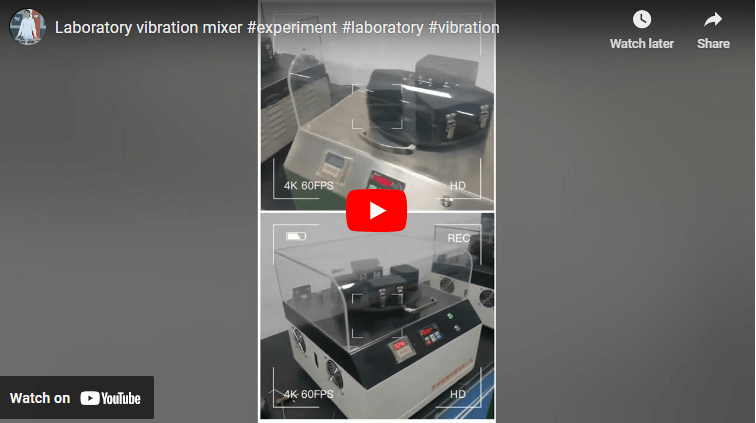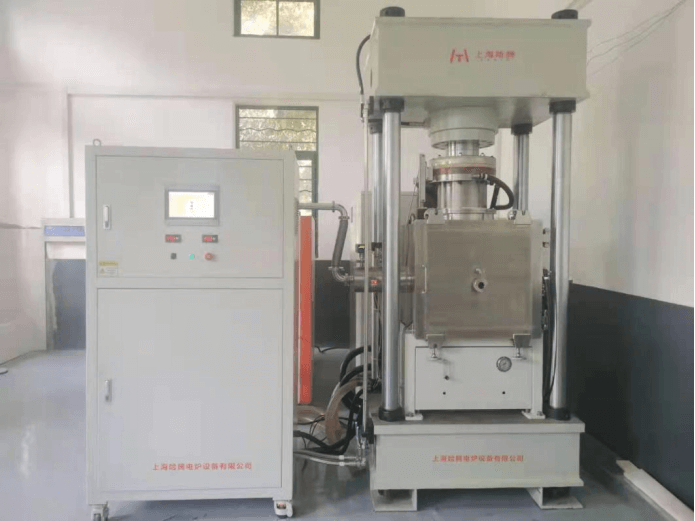What is the MAX phase material?
MAX phase material is a ternary layered compound that combines the properties of ceramics and metals. It is usually studied extensively as a structural ceramic. The chemical formula of a typical MAX phase is Mn+1AXn, n=1, 2, 3. M represents a transition metal element (Sc, Ti, V, Gr, Mo, etc.). A is an IIIA~VIA group element (Al, Si, Ga, etc.), and X represents C or N. Common MAX phases include Ti3SiC2, TiAIC, etc. In the MAX phase crystal structure, M atoms and X atoms are closely stacked in octahedral positions to form Mn+1Xn with ceramic properties. A layer with metallic properties separates the Mn+1Xn.
Spark plasma sintering MAX phase ceramic material experiments.
Our customer tried to use the Spark Plasma Sintering (SPS) method to prepare Mo2Ga2C bulk quickly. Our customer uses the Spark Plasma Sintering furnace CEN-FHP-858 in our open lab.
The spark plasma sintering (SPS) technology directly energizes the sample or mold to achieve rapid sample sintering. Compared with traditional sintering technologies such as hot pressing. SPS has the characteristics of fast heating speed, short sintering time, high sample density, controllable organizational structure, energy saving, and environmental protection. To achieve the purpose of rapid preparation and cost saving. Use SPS to sinter some typical MAX phase materials. Such as Ti3AIC2, Ti3SiC2, Cr2AIC, etc.
Experiment conclusion
Based on the results of multiple experiments by customers. The optimal process parameters for SPS sintering Mo2Ga2C are a sintering temperature of 700℃. Holding time 20min, and axial pressure 30MPa. Under this condition, the relative density of the SPS-sintered Mo2Ga2C sample reaches 71.81%. Compared with the hot pressing sintering process, the SPS sintering preparation of Mo2Ga2C blocks requires a lower temperature and shorter time. However, the density of the prepared sample is lower than that of the hot pressing sample.









